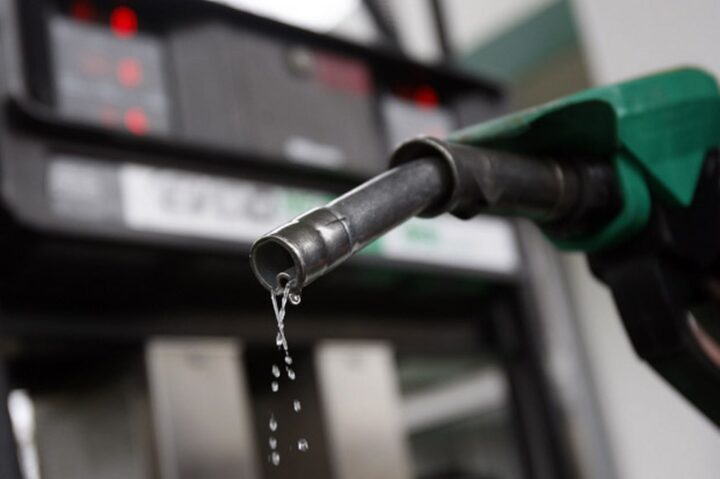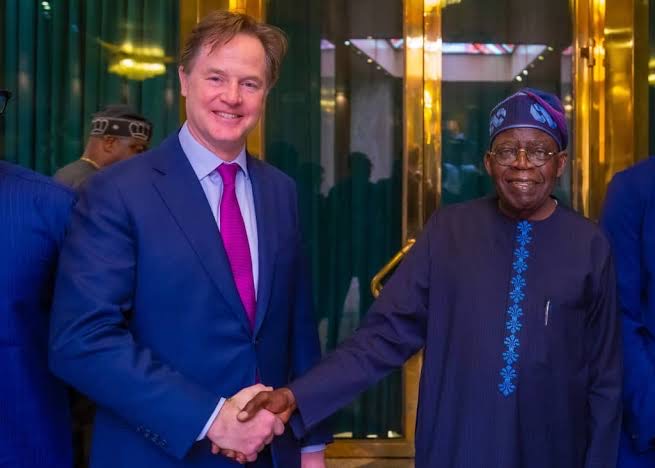The termination of the fuel subsidy regime by President Bola Tinubu in May 2023, resulted in the immediate increase in the price of petrol across the country.
“Fuel subsidy is gone”, President Tinubu had declared in loud voice as he mounted the podium during his inauguration speech last year.

This announcement automatically led to an increase in fuel price across the country and subsequent inflation as the price of food and other commodities skyrocketed.
The National Bureau of Statistics (NBS), released its latest PMS (Premium Motor Spirit) price watch in Abuja on Wednesday.
It announced that the average retail price paid by users of fuel skyrocketed by more than 157 per cent in one year.
The Report
According to the NBS report, fuel price increased from ₦263.76 in February 2023 to ₦679.36 in February 2024.
That translates to a 157.57 percent increment.
The report disclosed that on the average, petrol users in Zamfara State currently pay the highest price of ₦750.43 per litre.
Meanwhile, users in Kwara State enjoy the lowest rate of ₦650 per litre.
The report said: “Likewise, comparing the average price value with the previous month (.i.e. January 2024), the average retail price also increased by 1.66 percent from ₦668.30.”
“On the zonal profile, the North West Zone had the highest average retail price of ₦701.20, while the South West Zone had the lowest price of ₦657.20.
“On state profile analysis, Zamfara State had the highest average retail price of fuel, at ₦750.43, while Kebbi and Taraba States were next, with ₦746.67 and ₦710.56, respectively.
Also Read: See Petrol Prices In Some States In Nigeria
“Kwara, Ogun and Benue states had the lowest average retail prices for fuel at ₦650.00, 650.83 and 652.73, respectively.
States with the highest average prices:
Zamfara – ₦750.67
Kebbi – ₦746.67
Taraba – ₦710.56
States with the lowest average prices:
Kwara – ₦650
Ogun – ₦650.83
Benue – ₦652.73

